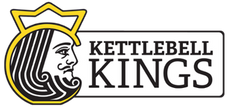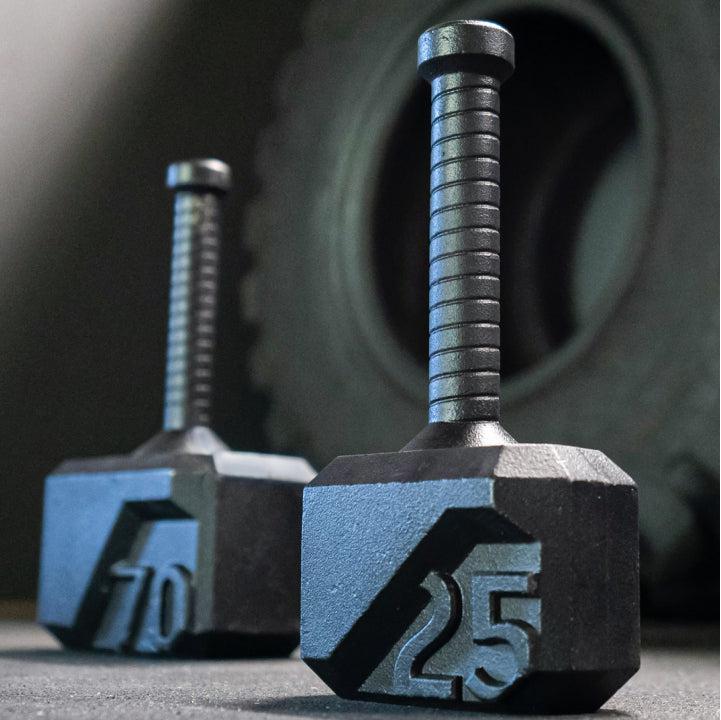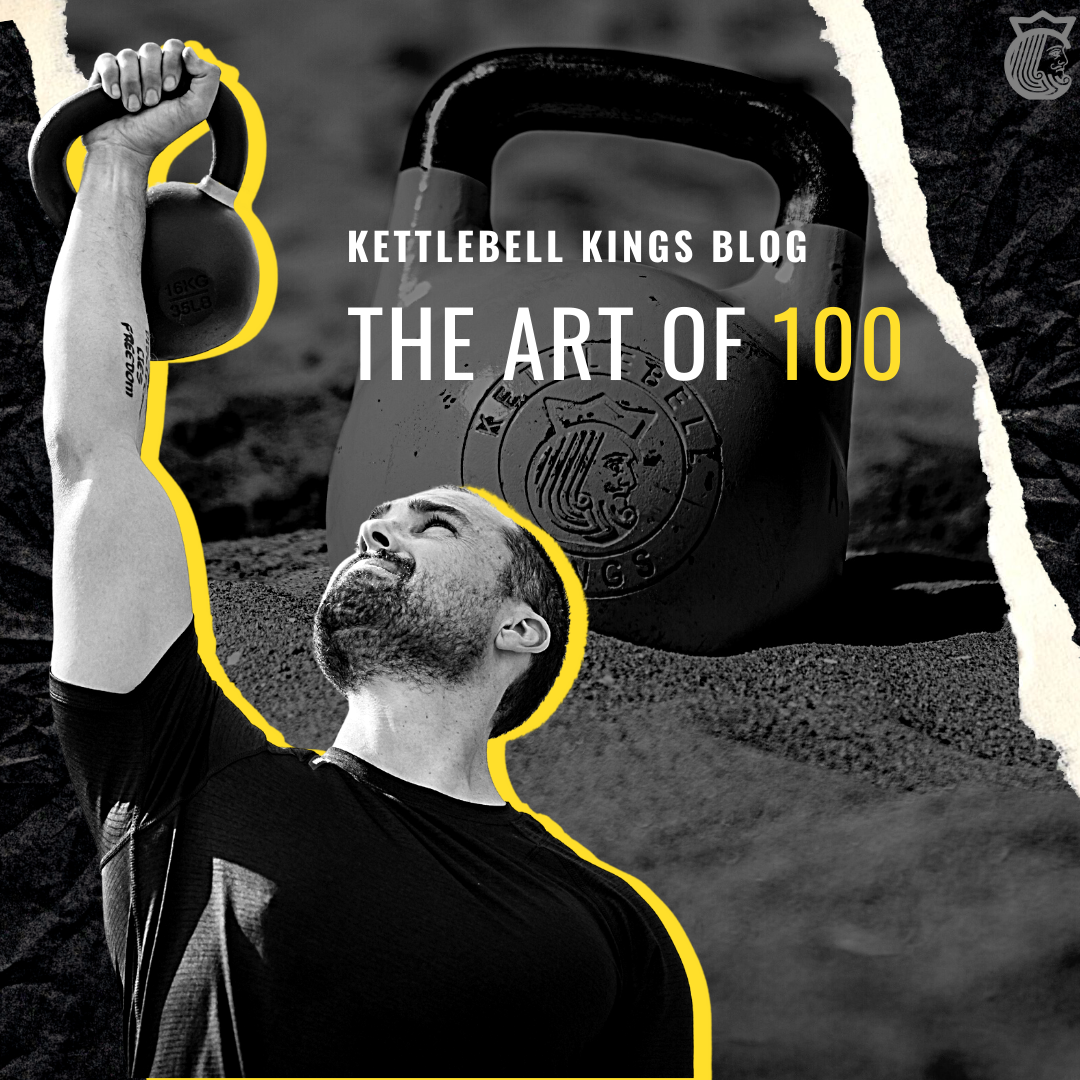If you haven’t yet viewed the Kettlebell Sport Double Arm Swing video, please do as these tutorial progress in order.
Kettlebell Sport Double Arm Swing Video: https://www.youtube.com/watch?v=4oo4RsPx8Ng&t=35s
When the bell goes into the backswing, the handle’s corner will point backward because the arm naturally rotates internally. This occurs with most people, but some find it more comfortable to externally rotate the arm and let the corner face forward. It’s a personal preference. Just know that the corner-forward version will reduce your backswing slightly. Play with it and see what's preferable for your body.
In the backswing:
1. You don’t want to keep your trunk facing forward. Instead, allow it to rotate opposite the bell. This movement lets the bell have a longer backswing as the scapula glides forward slightly. The longer backswing creates a gentler ending to the pendulum, reducing the pull on your hand and allowing grip endurance.
2. As discussed in the previous tutorial, there will be 2 exhales: one on the upswing, one on the backswing. The latter will relax your diaphragm. Everything is deliberate for the intention of endurance and many reps.
3. To bring it up, you’ll use the ground force through your legs, hip extension and the strong trunk muscles to guide the bell up instead of pulling it with your arm. If you pull the bell and punch it up from a low position, you’ll fatigue your shoulder and grip very quickly.
4. After the bell begins its ascent, you’ll lean back to counter and accelerate the weight, letting it continue its upward momentum. At the last moment, you’ll redirect that momentum by simultaneously slipping your hand through the handle and moving your trunk under the bell.
5. As you do, you’ll add the third exhale. Keep breathing as you stay in fixation to rest, don’t hold your breath.
It’s a dance of counterbalancing your body and the bell. Once in fixation, your arm and shoulder play their biggest role: stabilizing the weight until the next rep.
Ideally, you want your arm and hand to face slightly inward toward your head, as opposed to facing forward or outward. If the arm faces outward in internal rotation, it will lengthen the tricep tendons, leading to early fatigue. Another benefit of having the arm and hand facing inward is that the bell will be in the optimal position toward the side of the forearm, making it easier for the subsequent drop.
The overhead position should be comfortable with the handle on a diagonal deep in the palm, wrist straight and fingers relaxed. There’s no need to grip the handle here. You’ll need your grip for the backswings and the beginning of each upswing. No matter your pace, you can preserve it by releasing the grip in fixation.
The two reasons people get banged on the wrist:
- They grip the handle to control the bell, so it doesn’t hit
- They slow the momentum in an effort to control the bell, so it doesn’t hit
In both cases they’ll get hit! They key is to redirect the momentum, not control it into fixation.
Next up will be Kettlebell Sport Snatch, Part 2
@LornaKleidman
Lorna is a 5-time World Champion in Kettlebell Sport, with Absolute National records in 24kg and 20 kg Snatch.She is an author and personal trainer, with a Bachelors in Exercise Science. Coaching certificates from IKSFA, WKC, AKA Certified Coach and personal training through NASM.Lorna's been featured in SHAPE, Prevention, Women’s Health and twice in The New York Times, but her greatest triumph is not evident to the eye. Her journey was shaped by a relentless hunger to experience her full potential, guiding her to the highest ranks in Kettlebell Sport and to bring a personal, results-oriented approach to her personal training clients.









